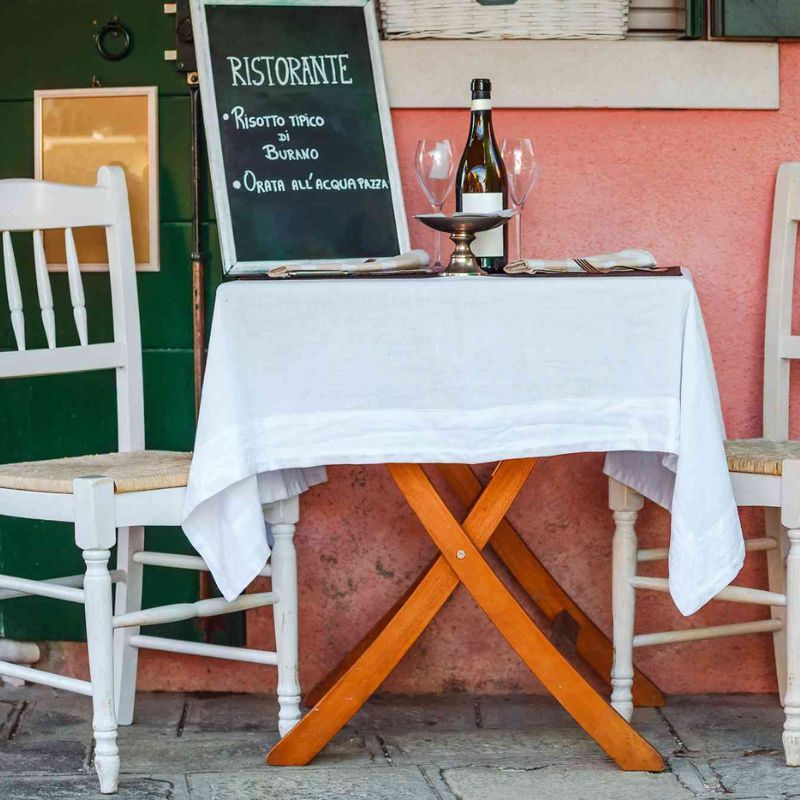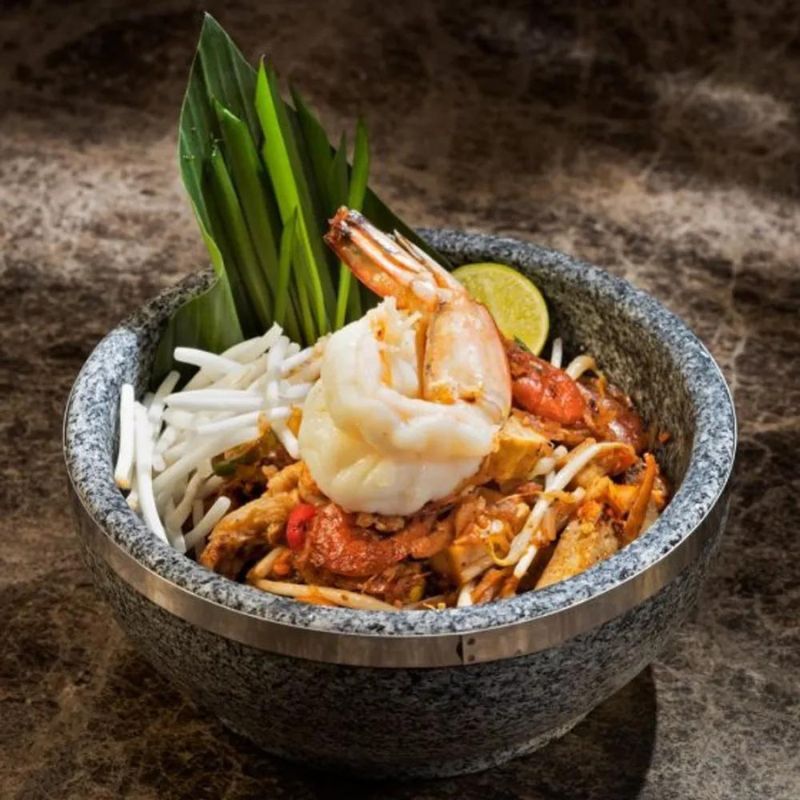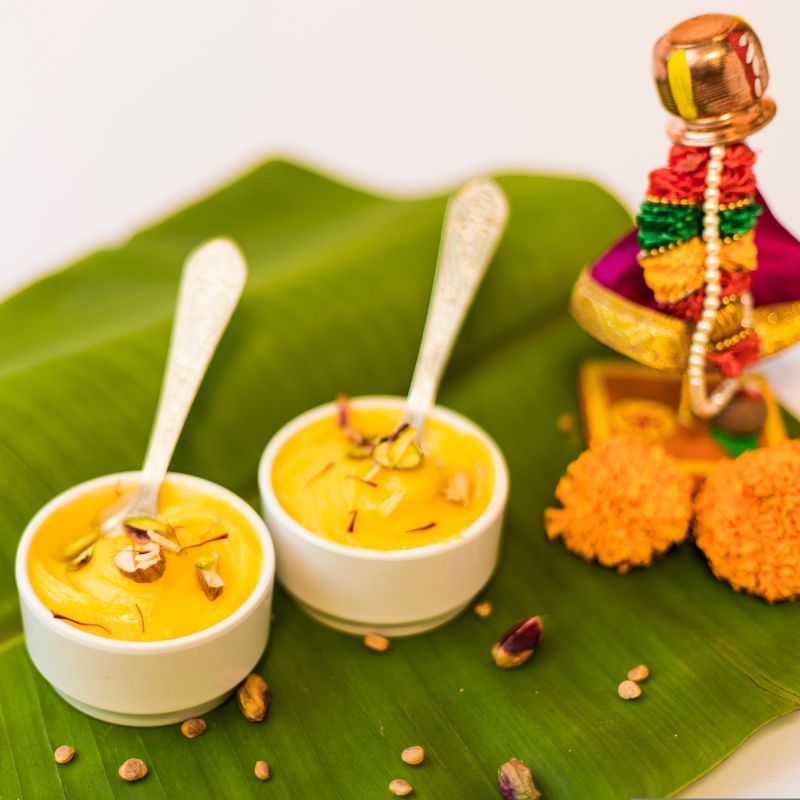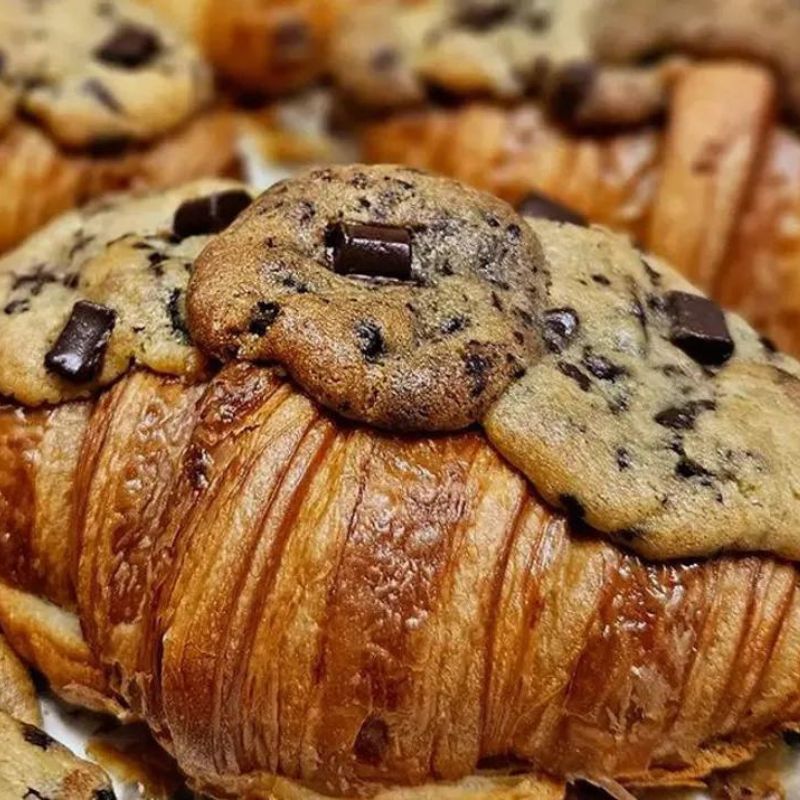
An on-the-rocks ritual – undeniably the best way to enjoy an amber – calls for quality whiskey. And the most recommended option by connoisseurs is often one that comes straight from distilleries in Scotland. However, if you’ve never been able to tell your malts apart, here’s our guide to the differences between the ever-popular Scotch and other types of whiskey. By Eshita Srinivas
The world of malts – with its dizzyingly large array of blends and ageing specifications – can get confusing to wholly grasp. Besides, with India being the largest consumer of whisky, about 13 of the world’s 25 best-selling bottles are just a liquor store visit away. While there, a quick glimpse at the aisles will reveal several top-shelf options, many with the word ‘Scotch’ plastered across the labels.
Heavy on the wallet, smooth on the palate – this amber stands out amidst the sea of bourbons and ryes. It’s also hailed as one of the most iconic types of whisky and a hallmark of Scottish tradition and craftsmanship. This leads to the million-dollar question – should you switch out your usual malt with a Scotch for your daily dram? Here’s a quick guide that has the amber go head-to-head with other whiskies available in the market at the moment.
What is Scotch?
View this post on Instagram
Scotch refers to an alcoholic beverage that’s made primarily from malted barley. The production process involves the barley being soaked, partially germinated, and then dried. Timing is key – by halting the germination at the right moment, the spirit takes on the most flavour and has a distinctive malty aroma. A few businesses, however, use malted rye or wheat. A specific type of whisky – Scotch, is bound by certain legal requirements.
Mandates centred on export, labelling, geography, and distillation maintain the quality and reputation of this spirit. For instance, it must be fermented, distilled, and aged in Scotland (hence the name). Popular options come from Highlands, Islay, Speyside, Campbeltown, and Lowland. The only ingredients permitted in the production process are grains, yeast, water, and caramel colouring. Scotch must be distilled to at least 94.8 percent ABV and bottled at 40 percent ABV – post being aged for no less than three years in oak barrels. Typically bottles declare at least 12 years of ageing or higher.
Types of Scotch
View this post on Instagram
This whisky has a complex, smoky flavour. The flavour notes, however, could range from sweet to savoury – depending on regional variations and other technicalities. For instance, Speysides are often light and fruity while the Highlands are rich and intense. Broadly, Scotch can be divided into two:
- Single-Malt Scotch: The creme-de-la-creme of the whisky world, bottles of this whiskey are highly coveted for their intense, complex flavour. To qualify as a single-malt, the Scotch must be produced solely from malted barley and then distilled and aged at a single distillery. Copper pot stills are involved as well. Popular brands that spotlight this whisky include The Macallan, Glenfiddich, and Glenmorangie.
- Blended Scotch: This spirit is created by combining a single-malt with a grain (or several), sourced from across various (two or more) distilleries. Other similar types can include blended-malt Scotch – which were formerly referred to as vatted malts as well as blended-grain Scotch. Popular brands include Dewar’s, Chivas Regal, and Cutty Sark. About 80 percent of Scotch consumed globally are reportedly blends.
This aside, there’s a derivative of Scotch known as peaty Scotch which comes from the barley germination process. It’s popularly known as ‘smoky dram’.
What is whiskey?
View this post on Instagram
One of the most popular spirits across the globe, whiskey refers to an alcoholic beverage that’s created from fermented grain mash with about 40 percent ABV. More specifically, the process of making whiskey involves producing beer with grains and then further processing it to create a concentrated beverage. Grains used normally include rye, barley, corn, and wheat and their combination is referred to as mash bill. Each grain reportedly has its own unique flavour.
Depending on how they’re aged and where they’re produced, whiskies come in a range of options. All of them are aged for two years in white oak, sherry, charred sherry oak, or other wooden barrels. This adds flavour and character – allowing the spirit to take on an amber hue. Records state that the term whisky might come from the Gaelic ‘uisge beatha,’ which translates to ‘water of life.’ Interestingly, while these ambers are spelt ‘whisky’ in Scotland, Canada, and Japan, they’re called ‘whiskey’ in Ireland and the United States. Whisky is a broad term and could include:
- Bourbon: An American rendition from Kentucky that features at-least 51 percent corn in its mash. Producers age it in charred oak barrels and the flavour is generally sweet – with notes of vanilla, butterscotch, honey, maple, and chocolate. A popular variation is the Tennessee whiskey – featuring sugar maple charcoal that gives its caramel and vanilla flavours a smoky character.
- Canadian: With at least forty percent ABV, Canadian whisky has to originate from the North American country and undergo ageing for at least three years. Bottles are often labelled rye whisky and these come with big notes of caramel, oak, fruit, and spice.
- Irish: Bottled in Ireland, this whiskey has a malt, cereal, and barely base with a three-year ageing period. Sweet with notes of fruit, smoke, spice, and vanilla – this is usually quite smooth.
- Japanese whisky: Aged in Japanese oak, this amber doesn’t have to originate in the Asian country but is often bottled there. These are produced like Scottish whiskies and are delicate, with a distinctive honey-like sweetness.
- Scotch whisky: The most popular and premium of them all, Scotch comes from Scotland and can feature malt or grain whisky (or a combination).
Key differences between Scotch and most types of whisky
View this post on Instagram
The straight answer is that Scotch is a type of whisky that hails from Scotland. Like most others across the globe, it features fermented grain and is aged in wooden barrels. That said, for ease of understanding, here are a few key pointers.
- Ageing: While Scotch is matured for at least three years in oak casks occasionally used for other spirits (like wine), most other kinds of whiskies are charred in white oak barrels.
- Flavour: Depending on the type, Scotch features notes of dried fruit, vanilla, caramel, and smoke. Considering how it’s distilled, this amber is far more complex and smooth as compared to other types of whiskies – whose tasting notes can range from fruit to butterscotch.
- Base: Scotch, as stated above, was traditionally made only from malted barley – although now producers have begun experimenting with malted wheat and rye. Most whiskies, on the other hand, feature a range of grains – barley, what, corn, or cereal grain.
- Production: Grains are malted in Scotch before fermentation by being soaked in water. This prepares the starches to ferment into sugars. Most other whiskies have other varying processes. In the US, many are made at home. However, Scotch needs to be made at a distillery through meticulously charted-out processes.
- Consumption: Considering its complexity, flavour, and price tag, Scotch is best enjoyed neat or on the rocks. However, it is also a key part of cocktails like Bobby Burns and Penicillin. Bartenders across the world, however, use higher-proof, spicy, affordable ambers like bourbon and rye for their cocktails.
All images: Courtesy Shutterstock
This article first appeared on Lifestyle Asia India
Related: 10 Single Malts Under INR 5000 To Add To Your Home Bar Collection










